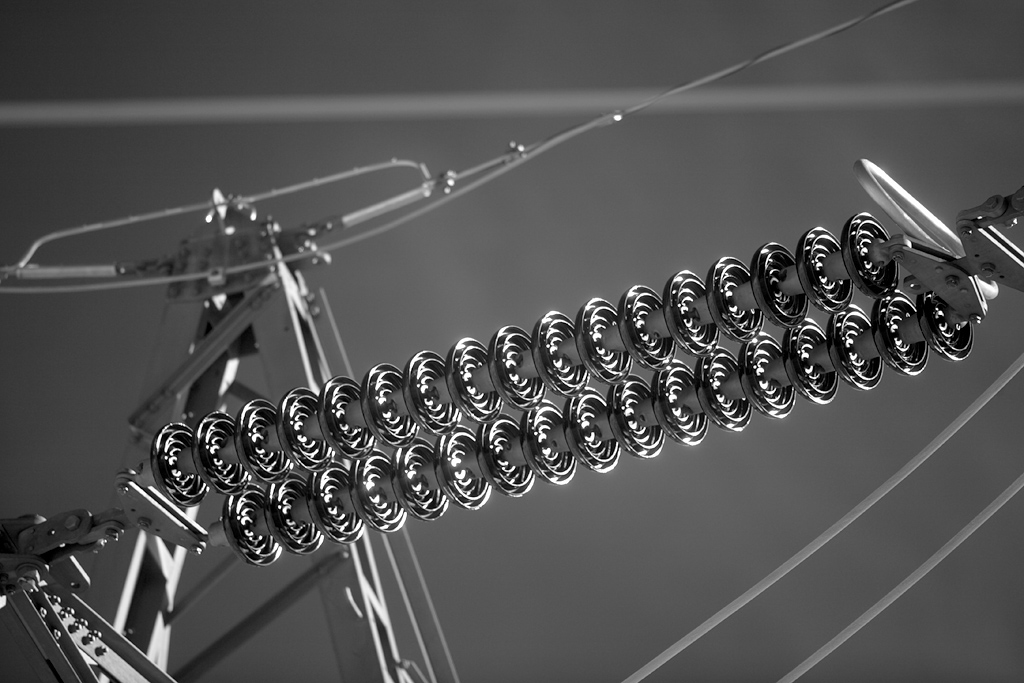EXCERPT page containing first few paragraphs. 2024-05-10 05:06:15
UA_SEARCH_BOT_compatible_botmozilla/5.0 applewebkit/537.36 (khtml, like gecko; compatible; claudebot/1.0; +claudebot@anthropic.com) @ 18.225.11.98
For full access, subscribe here. Or click title to login. ![]()
Sharpness in Red/Green/Blue Channels
Recall that an RGB image is composed of a red, green and blue “channel”. For infrared images, the sharpness of one color channel can be significantly, or even substantially different from the other two channels due to a strong divergence in focus between deep red/near-infrared and longer infrared rays; the red, green and blue photosites pass varying amounts of the spectral band, and thus record different wavelengths with significantly different focus.
The lens is responsible for this effect; it might smear some wavelengths more than others and/or might have more aberrations with some wavelengths of light than others. Sharpness can vary by color channel with some lenses.
When rendering an image in monochrome (black and white), examining each channel can be worthwhile—a particular channel may be noticeably sharper (higher resolution and/or higher contrast). The actual-pixels crops below demonstrate this. The smeared effect in the red channel might diminish with a slightly different focus or by stopping down (aperture not recorded).
Article continues for subscribers...
Diglloyd Monochrome is by yearly subscription. Subscribe now for about 8 cents a day.
BEST DEAL: get full access to ALL 8 PUBLICATIONS for only 68 cents a day ($249.95)!
Diglloyd Infrared Photography covers cameras and lenses for infrared photography.
The coverage explains all the issues involved in shooting for monochrome and in infrared. It is not a review of any particular camera or lens, though many examples are included.
- Monochrome vs color cameras.
- Post processing for monochrome.
- Guidance on workflow for infrared, including black and white and channel swapping for false-color images.
- How infrared renders, and why certain spectral cutoffs matter: false color vs black and white.
- Image quality issues to be on the lookout for in infrared.
- Numerous lens evaluations in infrared.
View an overview of infrared as well as filter spectral transmission plus examples from an optimal lens.

Full frame, blue channel
Canon 5D-IR, Nikon 500mm f/4P

